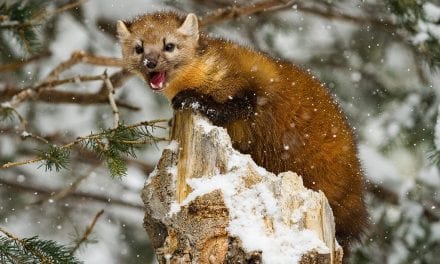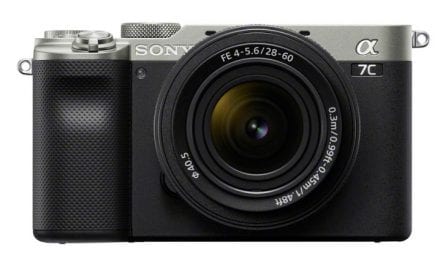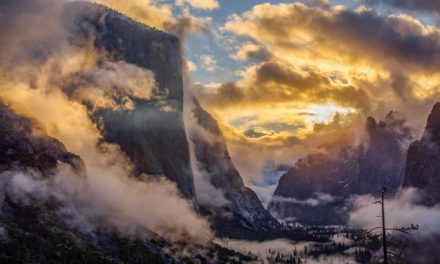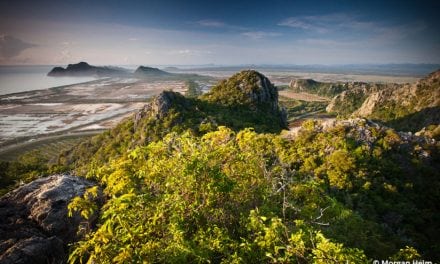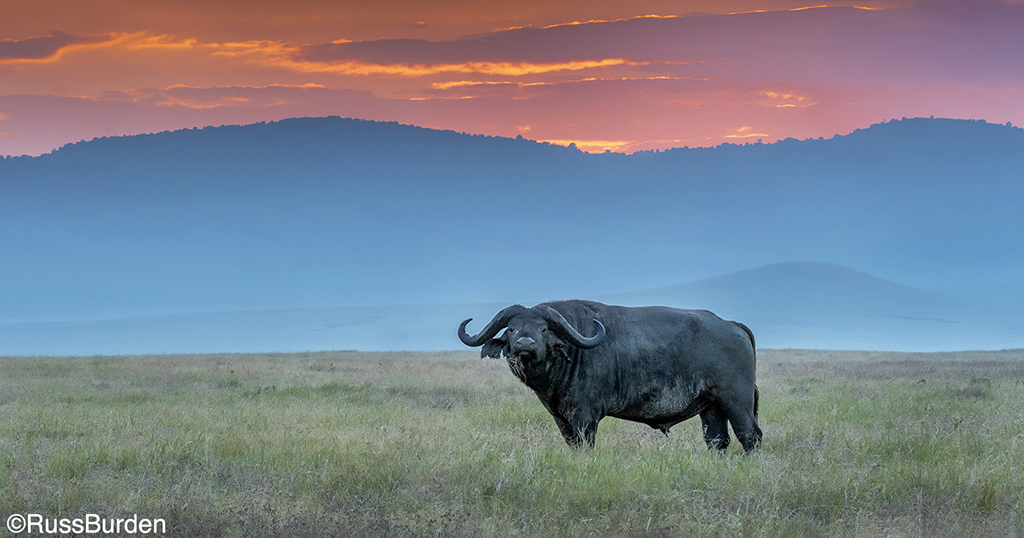
Thick gray clouds, dawn, interiors, dusk, cities at night, twilight and more all present low-light challenges. But before you throw in the towel, pack your gear and jump back in the car, “Exhaust All The Possibilities” I present below. One may be the answer to net a good photo. Will there be situations where the cards are stacked against you? Absolutely! There will be times when it’s just not possible to “make lemonade.” But get yourself prepared. Before you head into the field, know how aperture, shutter speed and ISO fully interact. Know the limitations of your camera with regard to noise. Know the speeds at which your subject moves and know what speed is needed to freeze the action. Armed with this info, you’ll increase the myriad of photo ops you confront. Here’s how to become a better low-light photographer.
Adjust Your ISO
The image of the cape buffalo at dawn was made in the Ngorongoro Crater in Tanzania. It was before daybreak, the buffalo had a very dark coat and there were semi-thick clouds to the east yet some had delicate highlights. Given the proximity of the buffalo, I used an ƒ/4 zoom that got me to 100mm on a 1.5 crop sensor camera. I made the image at ƒ/4 at 1/100th of a second on a beanbag. I immediately checked the red channel to make sure there were no spikes indicating blown-out warm tones in the sky. The reds went to the edge but not up the side. This signaled I was safe. The shadows revealed detail, which meant I could bring up the buffalo in Camera RAW. The reason for the compressed range was due to the very flat light that morning. Although my ISO was fairly high, the tests I performed on the camera before I left for the safari reinforced I was safe to reduce noise in post-processing. As digital cameras continue to improve, better images can be made with high ISO settings.
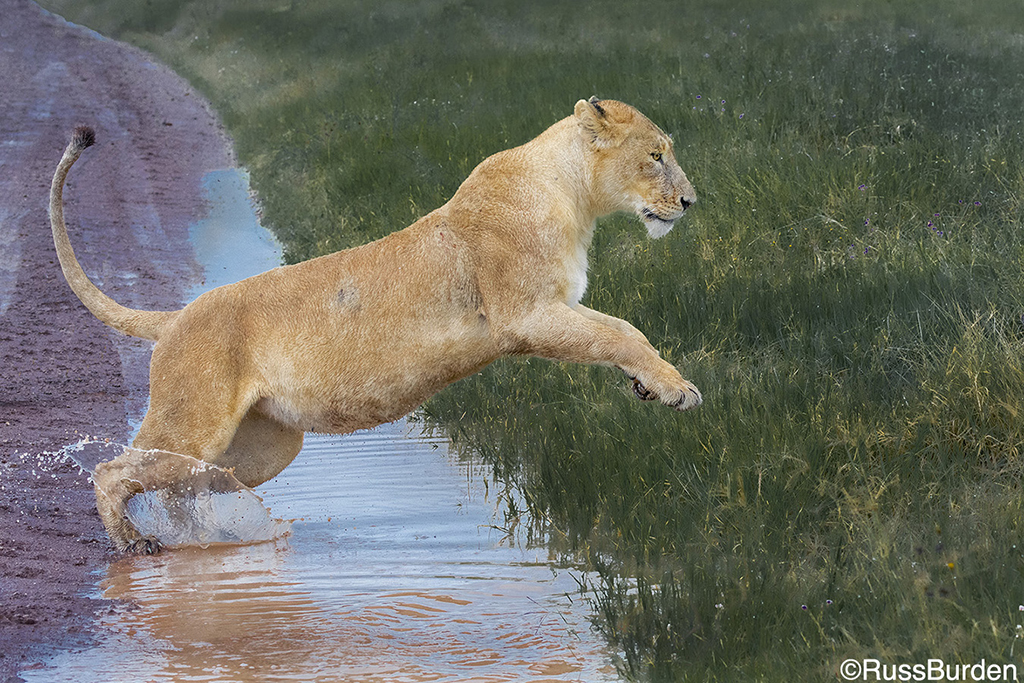
Subject Movement
The lioness jumping the puddle was also made in the Ngorongoro Crater on a different safari. Rain fell for a few days, so we knew we were in for a challenge. The thick gray clouds and sky were dark. Even though the sun had risen when the image was made, the light level was very low. We came across four lionesses, two of which had young cubs. We kept following them until they stopped to play on the road. I attached a fast medium zoom, opened the aperture to ƒ/4, raised the ISO and engaged Vibration Reduction to counter potential camera movement. I did these four things anticipating I’d need as fast a possible shutter speed using the lowest possible ISO to keep the files clean. I also kept refocusing where the action occurred to save milliseconds of focus time. I made a few pictures and zoomed in the LCD to ensure I had a fast enough shutter. If not, I’d need to raise my ISO to obtain one. Another important aspect that allowed this image to be successful is I know the behavior of a lion when it’s around water. Anticipating it would jump the puddle rather than walk through it, I alerted the participants in the vehicle to get ready. As she neared the water, I had everyone prefocus on her and we all got the image.
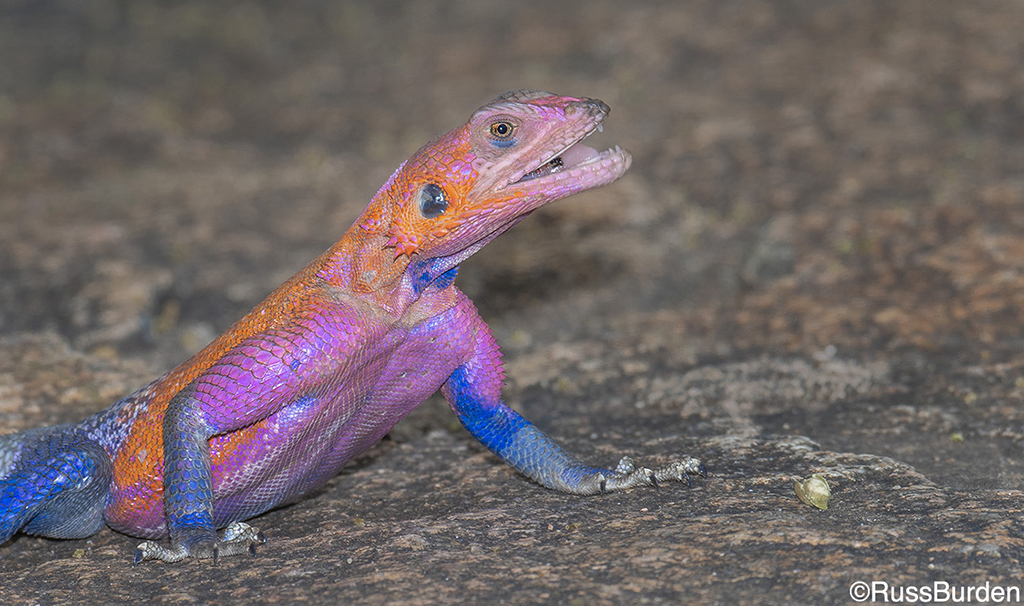
Use Flash Strategically
The agama lizard was made using flash but with a few major considerations to eliminate the obnoxious black background strobed look. The lizard was searching for bugs too, so it didn’t pay much attention to me. I got down to its level as opposed to me standing to shoot down onto it. This helped minimize the shadow from the flash. Another extremely important aspect of how I utilized flash in this photo is I set my camera to slow sync. This allowed ambient light to build up on the sensor to reveal the rock upon which it hunted. This minimized the harsh look of a straight flash shadow. What I refer to as the “black hole effect” of flash was prevented.
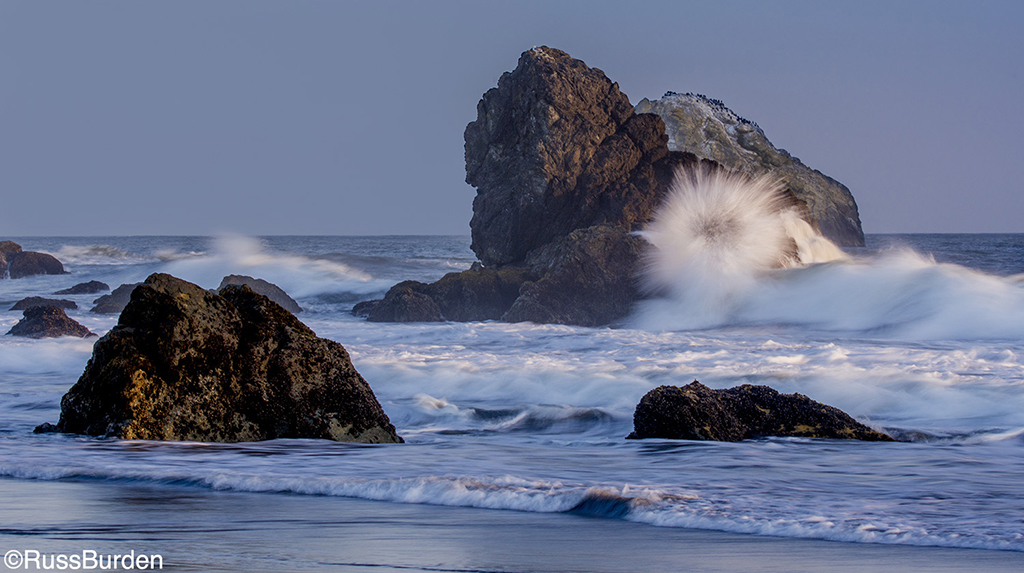
Use A Tripod When Possible
My true passion is wildlife, but I’ll never turn down a good scenic. In the past, I’ve led many landscape-exclusive excursions and if an animal popped in, we made photos! One of my favorite scenic destinations was the Oregon Coast. I’d go in May to capture the redwoods with the rhododendrons in bloom. Another favorite location was Harris Beach to photograph the fantastic sea stacks. When this shot was made, we had a clear sunrise and I wanted to explore different possibilities. With low morning light sitting just on the horizon, I attached a neutral-density filter along with a polarizer to make longer-than-usual exposures. As opposed to freezing every drop of water or imparting the cotton candy look to the waves, I experimented with middle-of-the-road shutter speeds. I obviously needed a tripod with a bubble level to ensure everything was level and I could attain the desired shutter. A cable release works well as does the electronic shutter release on the body, but if you want the action to occur at a given moment, the cable release is essential. Another benefit of a tripod is it slows you down. This allows you to study the composition more thoroughly before you commit to an image. Even in bright light, I use a tripod for this very reason.
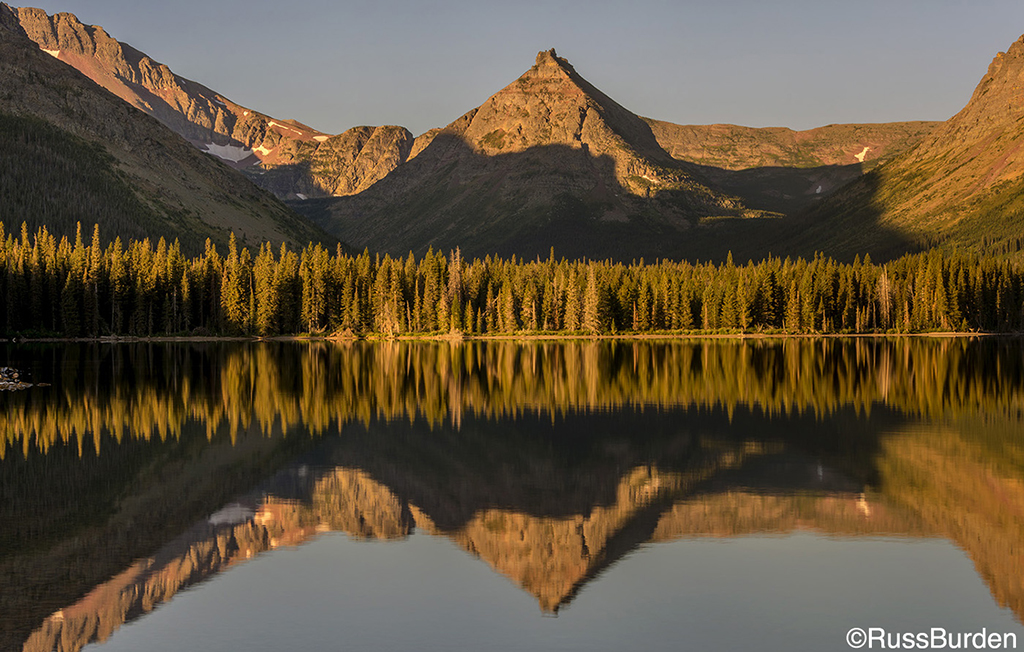
Try HDR
I love sunrise as the air is often more still compared to sunset. This allows reflections to present options and variables as in the case of this image of a lake reflection in Glacier National Park. From the technical side, 98 percent of the time the reflected portion is a stop or two darker than the sky. As a result, the sky is often too pastel while the reflected part reveals a deep saturated blue. In most files, there’s enough information in the RAW capture to make the non-reflected part look like the exposure in the reflection, but if you’re a purist and want pristine pixels, bracket the exposures from two stops under to two stops over in single-stop increments. This nets a five-exposure bracket. Use HDR software to process the files, or if you’re good with blending layers in Photoshop, use the best-reflected capture and the best sky capture to make a single image.
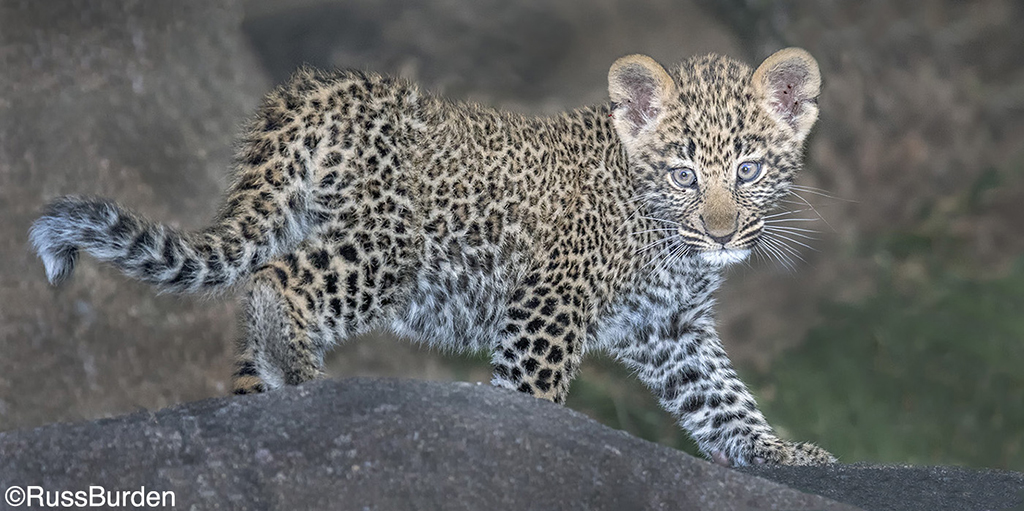
Make RAW Captures
I saved this image of a leopard cub until the end as it’s a compilation of a few of the above ideas in addition to stressing the importance of shooting in RAW when light levels are low. RAW files provide detailed data from which much more can be extracted using software. There’s more retained detail in the shadows and highlights compared to a compressed jpg file. Those extra pixels may mean the difference in revealing picture information or not or one that shows artifacts. In this image, it was essential I was aware of my aperture, shutter speed and ISO combination. I shot wide open for shallow depth of field and I set my ISO to obtain a fast shutter to stop the cub in motion. I also used a low level of flash to highlight the cub but not the background. The camera and lens were on a beanbag, which acted like a tripod, to stabilize any movement created by me.
Don’t be afraid of low light. As a matter of fact, use it as a motivator to get out when you think there’s no chance to come back with a good image.
Feel free to explore more of my photography at my website: www.russburdenphotography.com or visit my SmugMug page: https://russburden.smugmug.com.
The post The Amount Of Light Dictates The Strategy appeared first on Outdoor Photographer.











